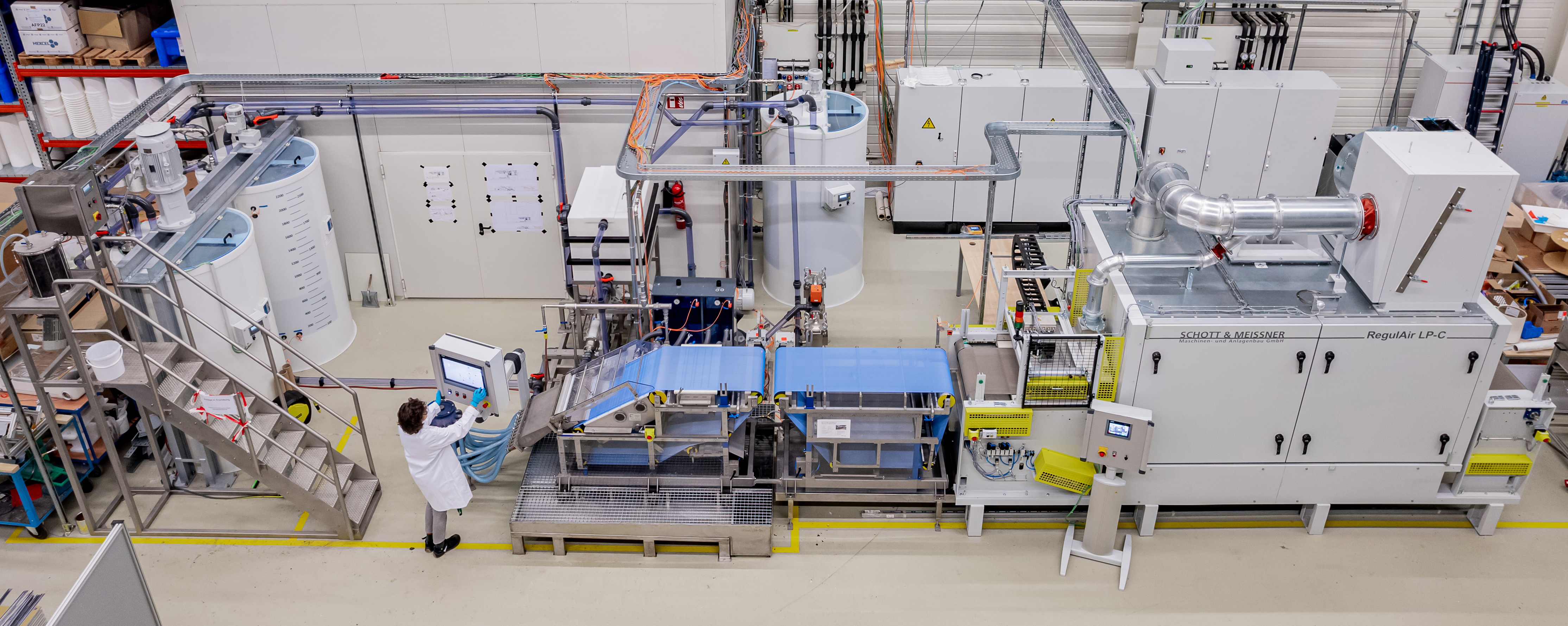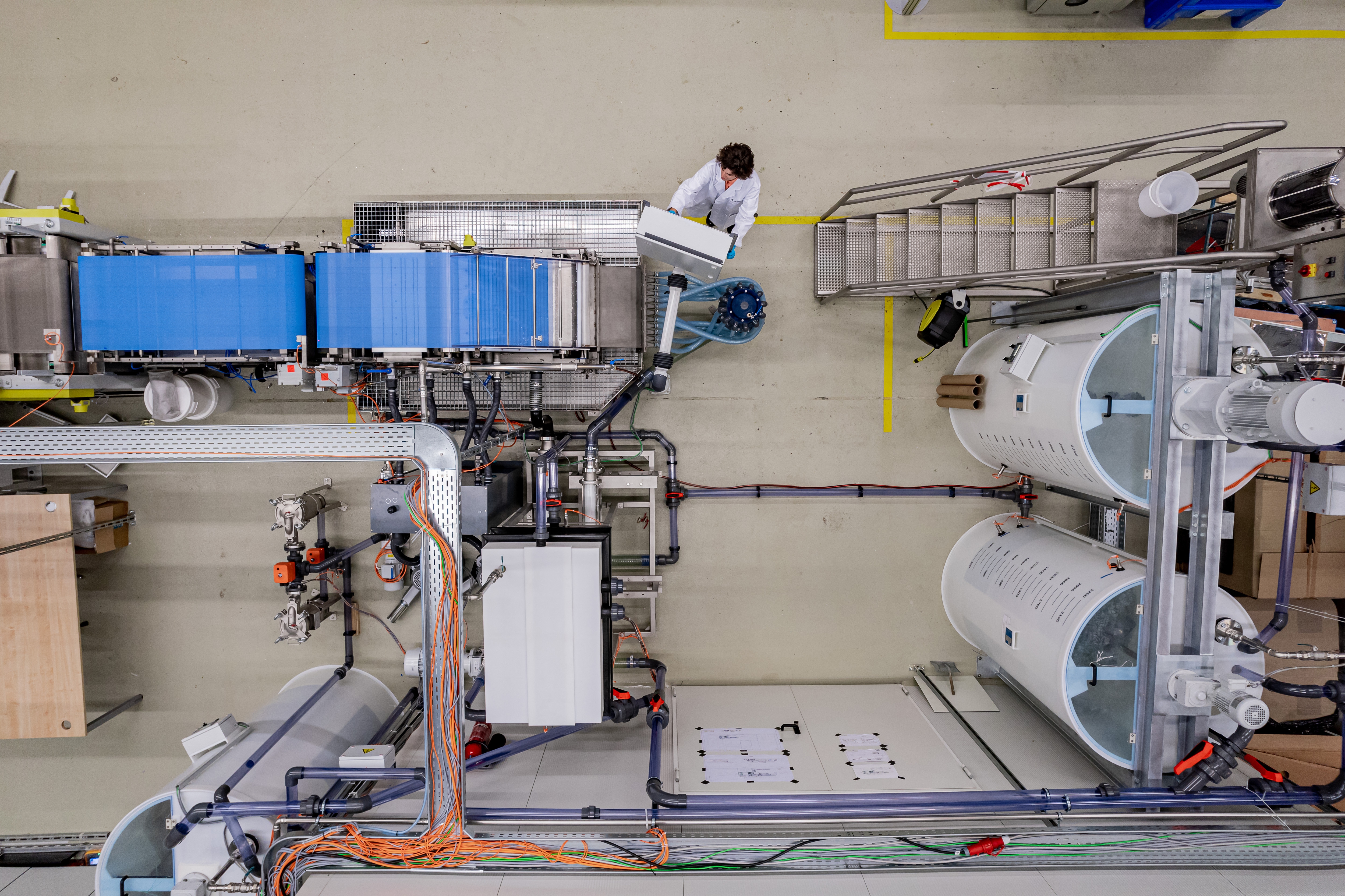
Innovative Wetlaid Technology

Wetlaid Pilot Line at Technical Scale
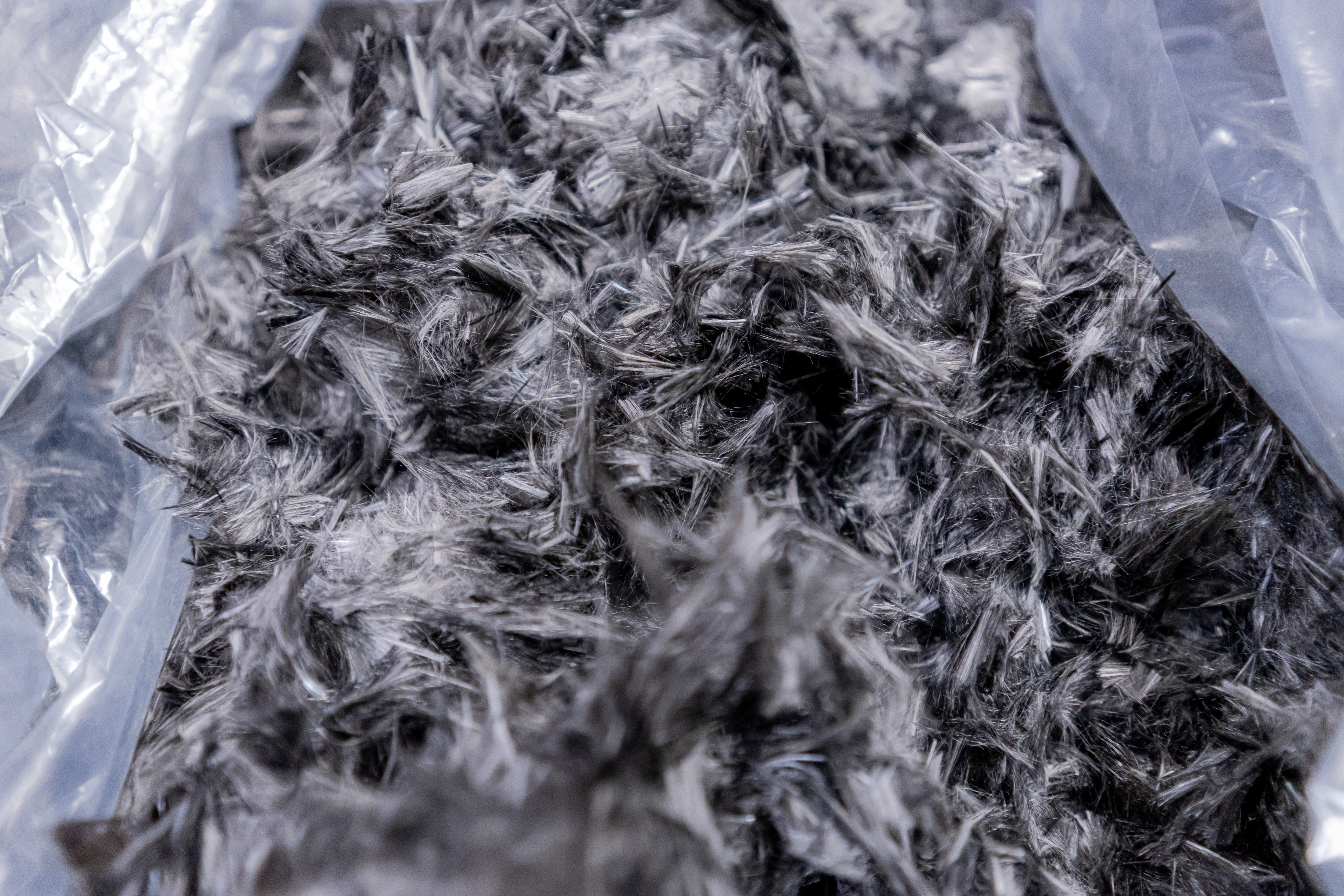
Our pilot line allows the process of discontinuous staple fibers into homogeneous nonwovens. The process principle used for wetlaid technology is analogous to classic paper production. Still, the technology used here is now extensively modified for the given application along the entire process.
A wetlaid nonwoven is a sheet formed by dewatering a fiber suspension on a wire base. In papermaking, i.e., using pulp as the starting material, the associated wetlaid technology is considered one of the oldest nonwoven formation processes. Depending on the source, the first findings date back to around 140 BC-AD 100. On this basis, an important branch of industry with far-reaching fields of application has grown up in the meantime in a high symbiosis between tradition and innovation. Today's modern plant technology is highly specialized in materials and processes and operates at enormously high throughput rates. Wetlaid nonwovens are therefore no longer to be found only in classic paper. The fields of application range from adhesive carrier films, for example, to packaging material and even banknotes with watermarks and security features directly integrated into the process. In technical wetlaid nonwovens, the technology fields around battery components, fuel cell elements, filtration layers, and function-integrated material solutions, e.g., EMI shielding function, are significant.
Pilot Line Specifications:
The machine is designed on a small pilot line scale. On the one hand, this ensures sufficiently high productivity to enable subsequent scaled processing trials (e.g., demonstrator production). On the other hand, the highest possible flexibility and a quick change of investigated material variants and process parameters are ensured.
The main working range of the pilot line refers to the following parameters:
- Processing speed: up to 30 m/min
- Role width: 610 mm
- Grammage: approx. 20–300 gsm
- Overall machinery is entire≥ IP65 standard for processing, e.g., conductive fiber materials.
- Machine design based on an angled wire configuration with high dewatering capacity, e.g., for processing highly diluted fiber suspensions or for material variants with high water retention capacity.
- Modular system design with maximum flexibility for a quick change of material variants or process parameters. The setup allows short-term hardware adaptations as well as project-specific modifications.
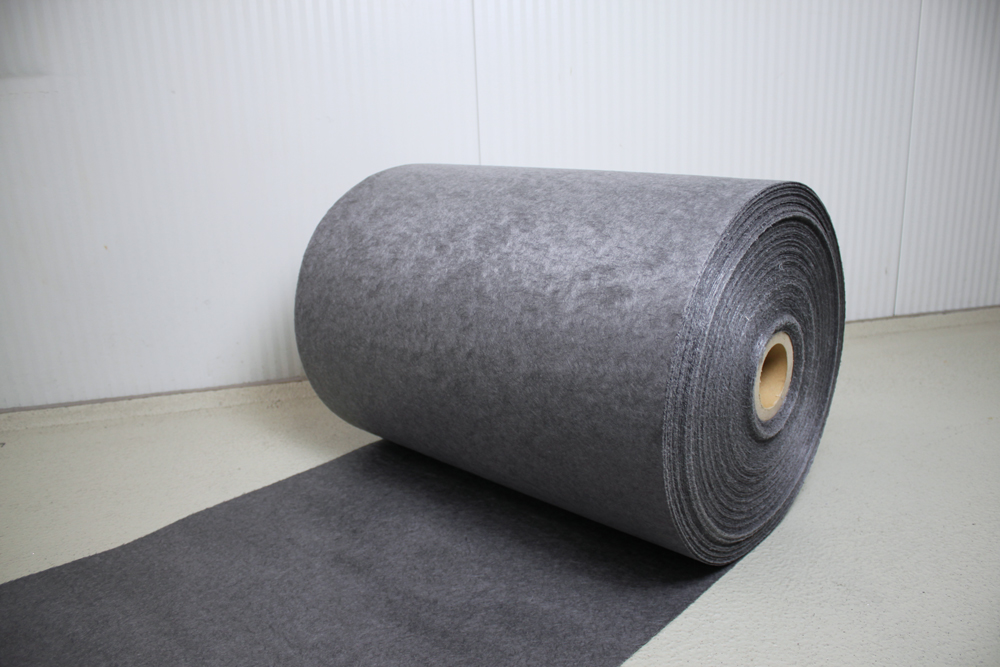
Research Focus Topics:
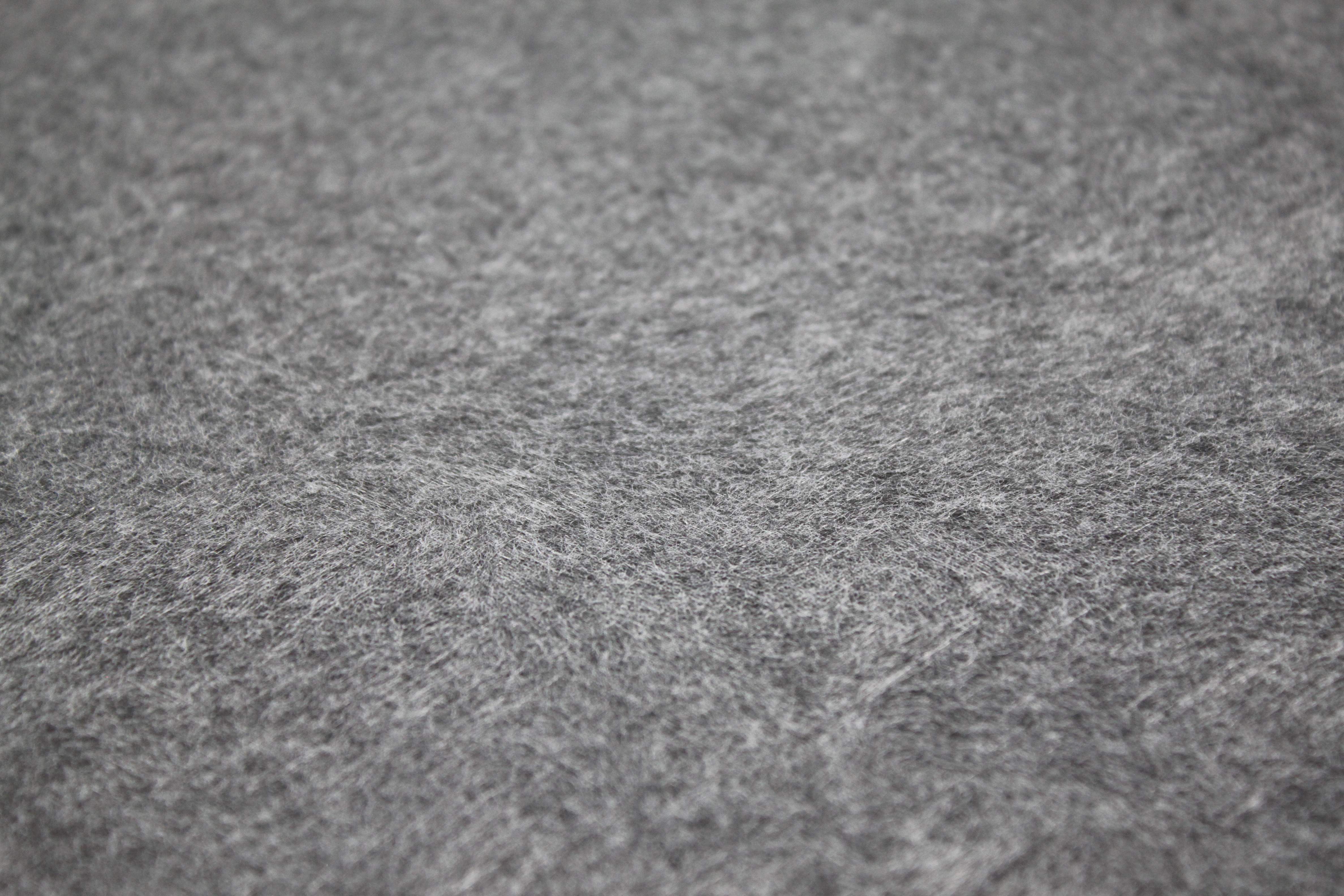
The research focus of Fraunhofer IGCV is primarily in the field of technical staple fibers. The processing of recycled carbon fibers is a particular focus.
Current research topics in this context include:
- Research, optimization, and further development of essential effects, such as
- nonwoven homogeneity
- binder systems
- different fiber lengths and fiber length distribution
- fiber orientation
- Synergy between semi-finished product and fiber-composite product level
- Production of very variable area weights
- Integration of online process monitoring
- Identification of robust process windows with high product reproducibility
Upcoming Topics:
Other current research topics, as well as topics currently under development, include:
- Fuel cell components, in particular, gas diffusion layers (GDL)
- Battery components, especially electrode and separator layers
- filtration applications, e.g., in the field of medical technology
- and perhaps your application
For ideas and suggestions based on this innovative technology, please get in touch with us at any time. We are available for any further questions.
